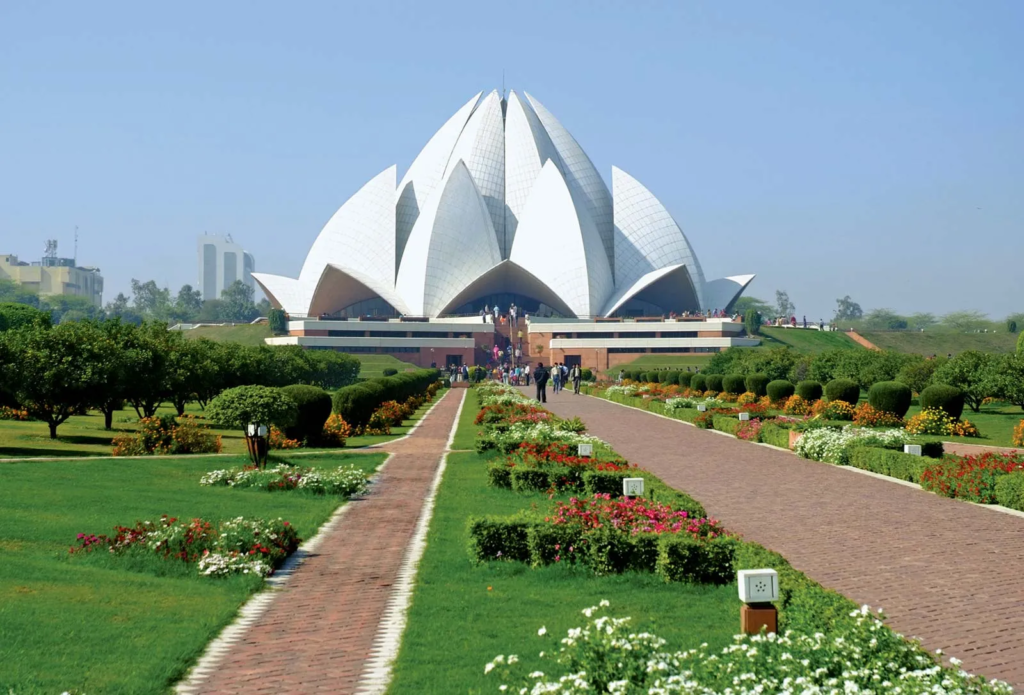
INTRODUCTION
The Lotus Temple, an architectural marvel, stands as a symbol of beauty, spirituality, and inclusivity. In this article, we will delve into the fascinating world of the Lotus Temple, exploring its history, architecture, significance, and much more.
The Origin Story
The Lotus Temple, officially known as the Bahá’í House of Worship, is situated in New Delhi, India. This magnificent structure was completed in 1986 and has since attracted millions of visitors from all corners of the globe.
Awe-Inspiring Architecture
The Lotus Inspiration
The Lotus Temple is renowned for its stunning lotus flower-inspired design. This iconic structure is composed of 27 free-standing marble-clad petals arranged in clusters of three to form nine sides, much like the petals of a lotus in bloom.
The Architect
The credit for this architectural masterpiece goes to Fariborz Sahba, an Iranian-Canadian architect who skillfully brought this unique vision to life. Sahba’s innovative design won him international acclaim.
Universal Acceptance
A Place of Worship for All
The Lotus Temple is not affiliated with any particular religion. It welcomes people of all faiths and beliefs, emphasizing the oneness of humanity. This universal approach has made it a symbol of unity and diversity.
A Sustainable Oasis
The temple’s design is not only aesthetically pleasing but also environmentally conscious. It incorporates energy-efficient technologies and uses natural lighting and ventilation, making it a sustainable and eco-friendly structure.
Spiritual Significance
The Silence Speaks Volumes
Inside the Lotus Temple, visitors are encouraged to maintain silence and meditate, regardless of their religious or spiritual affiliations. This silence represents a profound form of communion with the divine.
A Global Landmark
The Lotus Temple has garnered recognition far beyond its architectural brilliance. It has been featured in numerous documentaries, books, and magazines, cementing its status as a global landmark.
Visitor Experience
Tranquil Gardens
Surrounding the Lotus Temple are lush gardens that provide a serene environment for visitors to relax and contemplate. These gardens are meticulously maintained and add to the temple’s overall charm.
Cultural Performances
The temple hosts various cultural events, promoting the celebration of diversity through music, dance, and art. These performances enrich the visitor experience and create a sense of unity.
Conclusion
In conclusion, the Lotus Temple is not just an architectural wonder; it is a testament to the power of inclusivity, sustainability, and spirituality. As a symbol of unity, it invites people from all walks of life to come together in silence, reflection, and appreciation of the beauty that transcends boundaries.



